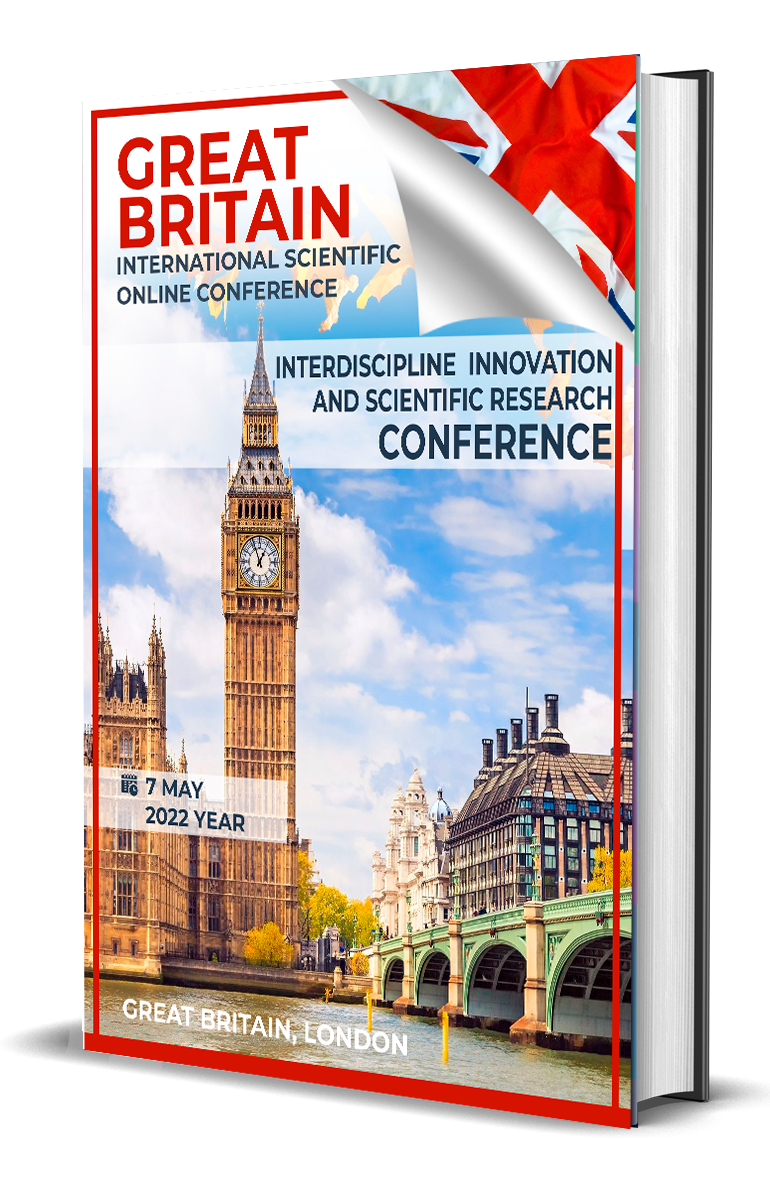IN THE GLOBALIZATION, ENDANGERED LANGUAGES AND PRESERVATION THEM
Keywords:
Endangered languages, language preservation, linguistic diversity, language revitalization, cultural heritage, language documentation,Abstract
Globalization has heightened the risks to linguistic diversity, putting endangered languages at an increased likelihood of disappearing. This article investigates the factors that threaten language survival in today’s interconnected world and explores approaches for their preservation. As dominant languages influence global communication, economic activities, and digital media, minority languages often face marginalization, resulting in cultural loss and diminished linguistic heritage. Nonetheless, globalization also brings new opportunities for preservation, such as digital archiving, language-learning tools, and online communities. By examining the challenges and preservation potential that globalization presents, this study highlights the value of digital innovations, community-led efforts, and policy measures in protecting endangered languages. The findings emphasize the importance of comprehensive strategies to support linguistic diversity and promote a more inclusive global language landscape.
Downloads
References
Crystal, D. (2000). Language Death. Cambridge University Press
Harrison, K. D. (2007). When Languages Die: The Extinction of the World’s Languages and the Erosion of Human Knowledge. Oxford University Press.
UNESCO Ad Hoc Expert Group on Endangered Languages. (2003). Language Vitality and Endangerment. UNESCO.
Ethnologue (2019). Ethnologue: Languages of the World.
Fishman, J. A. (1991). Reversing Language Shift: Theoretical and Empirical Foundations of Assistance to Threatened Languages. Multilingual Matters.
Grenoble, L. A., & Whaley, L. J. (2006). Saving Languages: An Introduction to Language Revitalization. Cambridge University Press.
UNESCO Atlas of the World’s Languages in Danger. (2010).
UNESCO (2003). Language Vitality and Endangerment. UNESCO Ad Hoc Expert Group on Endangered Languages. Available online at: https://unesdoc.unesco.org.
Endangered Languages Project. (n.d.). https://endangeredlanguages.com
https://www.globalizationofmarkets.com/the-impact-of-globalization-on-language
https://globalvoices.org/2019/11/06/museums-of-the-mind-why-we-should-preserve-endangered-languages/
https://www.morningsidecenter.org/teachable-moment/lessons/why-preserve-endangered-languages
https://www.sciencegate.app/keyword/435988
Ethnologue: Languages of the World. SIL International. https://www.ethnologue.com
UNESCO Atlas of the World's Languages in Danger. (n.d.). https://unesco.org/languages-atlas
UNESCO International Decade of Indigenous Languages (2022–2032). https://en.unesco.org/idil2022-2032





